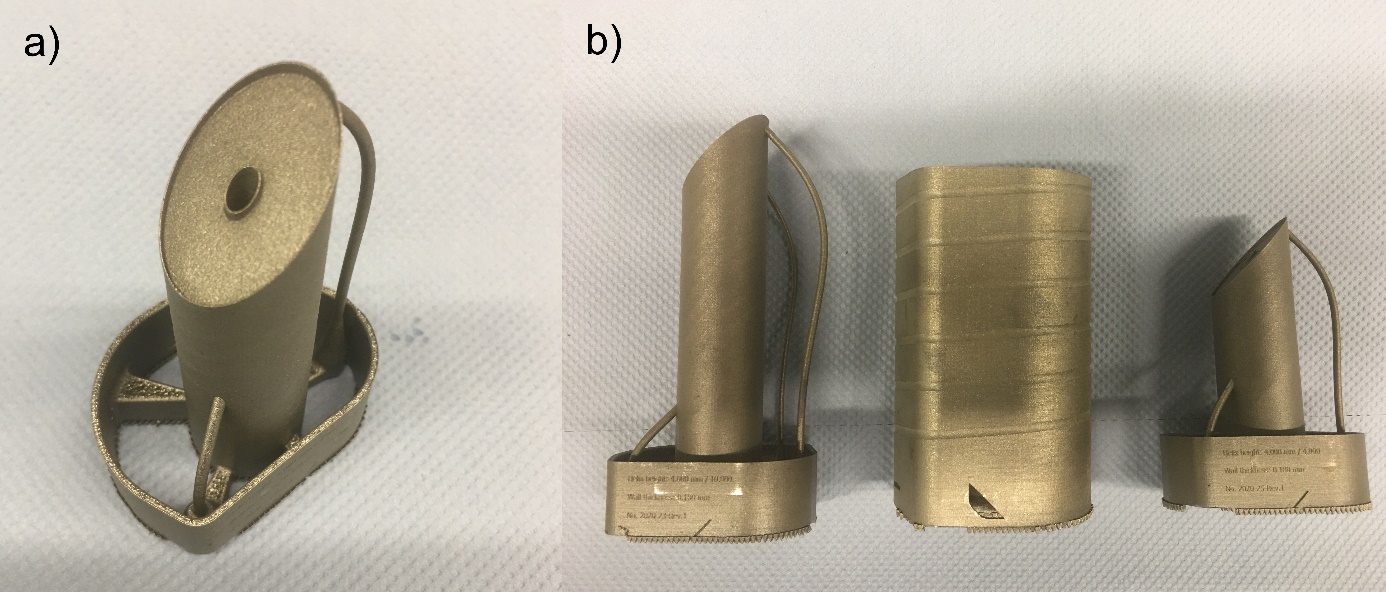Experimental characterization of additively manufactured (3D-printed) structures for the rectification of hydrocarbons
- chair:
-
place:
Bachelor's / Master's Thesis / Student Assistant / Internship
-
institute:
IMVT
-
starting date:
Immediately
- Kontaktperson:
Background and motivation
The dramatic effects of climate change are becoming increasingly apparent. In order to limit the consequences, anthropogenic CO2 emissions must be dramatically reduced. One major source is the transport sector, which currently consumes half of the world's oil production. Liquid fuels with their high energy density will continue to be very difficult to replace by e-mobility or hydrogen in certain sectors (e. g. heavy-load vehicles and air traffic) in the future. The so-called power-to-fuel processes are one way of making these sectors CO2-neutral. One promising process is the conversion of hydrogen and carbon monoxide from renewable sources into long-chain hydrocarbons using Fischer-Tropsch synthesis. However, the raw product obtained must still be separated into suitable cuts (petrol, diesel, kerosene etc.). This process must be designed efficiently for small, decentralized plants at renewable energy sites. The rectification of the raw product is a decisive step in this process.
In recent years, additive manufacturing ("3D printing") has greatly expanded the possibilities of manufacturing. In process engineering, in particular, new devices that are optimally adapted to the desired functions are becoming manufacturable. The flow guiding elements (FGE) developed at the IMVT are an example for these new opportunities. These possibilities are now to be used to develop a new compact, energy-efficient rectification apparatus. The first apparatuses have been already printed and successfully tested. Figure 1 shows examples of some of these apparatuses. The design of the apparatuses shall now be further optimized with regard to the separation performance and a further process integration.

Figure 1: Printed microstructured rectification apparatuses. a) Top view b) Different geometric variations of the apparatuses (different heights and insulating jackets).
Research topics and tasks of the work
Further apparatus variations shall be tested and characterized within the scope of the work. These structures are to be characterized with known two-component mixtures, for example cyclohexane / heptane, with regard to the theoretical separation height achieved for various operating parameters. Figure 1 shows a possible structure as an example. The structures can be varied by means of several (geometric and pressure) parameters, therefore the work can include a statistical experimental design as part. Further characterization of the surface (SEM images, profilometry) and its wetting properties (contact angle; capillary rise height) shall be used to interpret the results.
Tasks of the work can be:
- Printing of different structures by selective laser melting;
- Investigation of the influence of the pressure parameters on the surface quality;
- Characterization of wetting properties (capillary rise height, contact angle);
- Characterization of printed structures with respect to separation efficiency;
- Comparison of the results with conventional systems, e. g. Raschig rings;
- Possibly simple modelling of the results.
The scope (Bachelor’s, Master’s thesis, student assistant or internship) as well as the focus of the thesis can be determined by arrangement.
Start of the thesis: immediately
Examiner: Prof. Dr.-Ing. R. Dittmeyer
Supervisor: M. Sc. F. Grinschek
